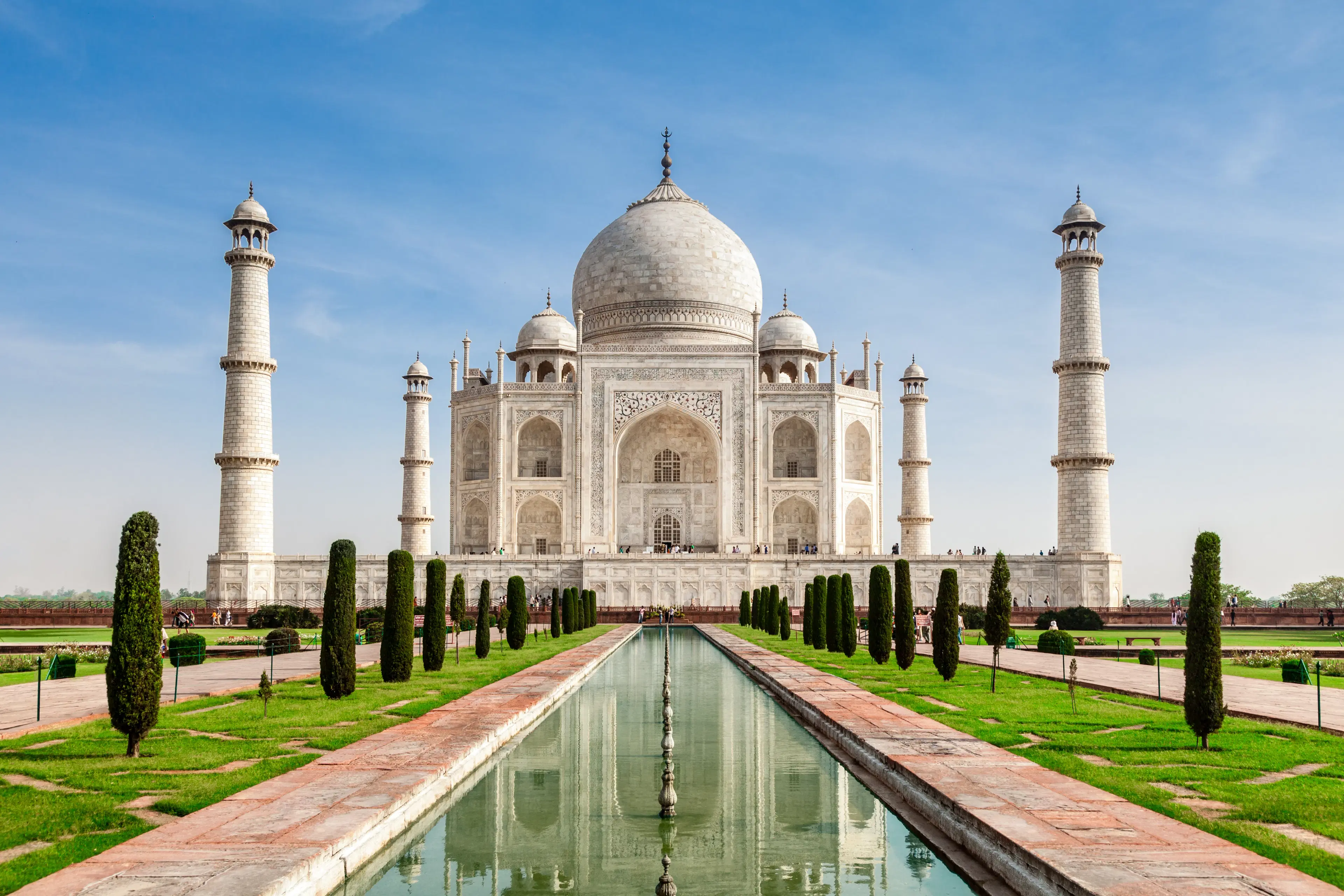
Flights
•03 min read

India’s unmatched cultural legacy is evident in its many remarkable sites that have earned a place on the global stage. With 43 world heritage sites in India pdf with pictures offering a blend of history, art, and nature, each treasure unfolds a story that connects the past with the present in a way that’s both vibrant and inspiring.
UNESCO World Heritage Sites are landmarks recognized for their brilliant cultural, historical, scientific, or ecological importance. These sites are selected through strict criteria, ensuring they are preserved so future generations can explore and appreciate their beauty. India plays a major role here, proudly contributing 43 sites across diverse categories such as cultural gems like monuments and temples, natural landscapes brimming with biodiversity, and a few mixed locations that seamlessly blend both worlds.
India’s cultural heritage is a journey through time. Iconic structures such as the majestic Taj Mahal in Agra, the ancient Ajanta and Ellora Caves in Maharashtra, and the exquisite Sun Temple in Konark reflect the country’s rich artistic prowess and spiritual depth. These marvelous structures not only denote grandeur but also serve as powerful stories of love, faith, and innovation. They captivate with intricate carvings, majestic architecture, and the promise of an everlasting legacy.
The visual appeal of these monuments is truly breathtaking. In our comprehensive world heritage sites in India pdf with pictures, you will discover high-quality images that capture the essence of these landmarks. Each photograph is accompanied by a brief description, offering historical insights and highlighting the architectural brilliance that defines these treasures.
Beyond the historical architectures, India is blessed with natural wonders that echo with life and mystery. Explore the lush greenery and wildlife of Kaziranga National Park, renowned as the home of the one-horned rhinoceros. The Sundarbans National Park, the largest mangrove forest in the world, presents a mesmerizing blend of water and forest, providing sanctuary to endangered species and captivating biodiversity, while the Nanda Devi and Valley of Flowers National Parks are an ode to nature’s delicacy and strength.

Conservation efforts across these sites not only protect India’s natural heritage, but they also promote eco-tourism, balancing development with nature preservation. These natural marvels invite you to immerse yourself in the rich experience of India’s landscapes, a journey that blends adventure with tranquillity.
India’s heritage is spread widely across its states. In Rajasthan, you can explore the rich tapestry of heritage with sites like Jaipur City, the awe-inspiring Hill Forts, and the celestial Jantar Mantar. Maharashtra offers ancient marvels like the Ajanta and Elephanta Caves, each echoing stories of centuries past. With the downloadable resource available as a world heritage sites in India pdf with pictures, you can review these meticulously organized categories — cultural, natural, and mixed — complete with vivid imagery and historical notes.
This guide not only emphasizes the magnificence of celebrated sites but also shines light on recent gems added to the UNESCO list. Newer additions like Santiniketan enrich India’s cultural portfolio by adding unique narratives and contemporary significance to the varied tapestry of its heritage.
Insight Corner: The Hidden Gems Among India's UNESCO Sites
While iconic sites like the Taj Mahal are globally renowned, lesser-known treasures like the Rock Shelters of Bhimbetka—showcasing prehistoric art over 30,000 years old—offer an intimate glimpse into humanity’s earliest creative expressions. Delving into these underrated marvels allows you to appreciate the diverse and profound heritage that India holds.
UNESCO World Heritage Sites are landmarks celebrated for their cultural, historical, scientific, or ecological significance, protecting them for future generations.

India currently boasts 43 UNESCO World Heritage Sites, spanning cultural, natural, and mixed categories.
All details, including high-quality images and descriptions, are available in the world heritage sites in India pdf with pictures, a downloadable resource through this blog.
The Taj Mahal in Agra is one of India’s most celebrated UNESCO sites, symbolizing timeless beauty and love.
Recent entries such as Santiniketan and the Sacred Ensembles of the Hoysalas further enhance the list of cherished Indian heritage sites.
India’s UNESCO World Heritage Sites are more than just landmarks—they are vibrant narratives of the country’s grandeur, echoing tales of art, history, nature, and endurance. Whether you are a wanderer seeking adventure, a planner looking for enriching family experiences, a professional in pursuit of seamless travel, or a luxury seeker yearning for premium, hassle-free journeys, these sites offer a wealth of inspiration and wonder.
Embrace the warm colors of Rajasthan, the spiritual allure of ancient temples, and the lush, vibrant landscapes that attest to India’s historical depth and natural beauty. With Tata Neu’s commitment to enriching travel experiences—from reliable flight bookings with Air India and Air India Express to integrated loyalty benefits like NeuCoins (1 NeuCoin = 1₹ saving)—every traveler is supported in making memories that last a lifetime. Discover the legacy and scenic beauty, crafted to perfection, and let your journey be as inspiring as the footprints of history itself.